If you are wondering about the best places to visit in Afghanistan as a tourist, look no further. I’ve recently returned from this incredible yet complicated country and have compiled a list of must-see destinations for anyone considering traveling there.
Afghanistan may not be the first country that comes to mind when planning a vacation. After all, it’s important to note that Afghanistan is still recovering from decades of conflict and may not be suitable for all travelers.
However, it is unfair to view Afghanistan only through the narrow lens of conflict and instability. This country holds a rich cultural history that can be deeply transformative for those who visit with an open mind (and respect for the complexities of the country.)
But even then, it can be difficult to research where the best places to visit in Afghanistan even are at any given time. Lucky for you, after my trip, I compiled this list.
In this post, I’ll take you through some of the most notable and famous places to visit in Afghanistan, from its ancient cities and historical sites to natural wonders that often remain underappreciated by the outside world.
Pro Tip: While Afghanistan regains its stability, it is always important to stay up to date on recent travel advisories and events. Traveling to Afghanistan carries more risks than many other countries in the region. More on that below.
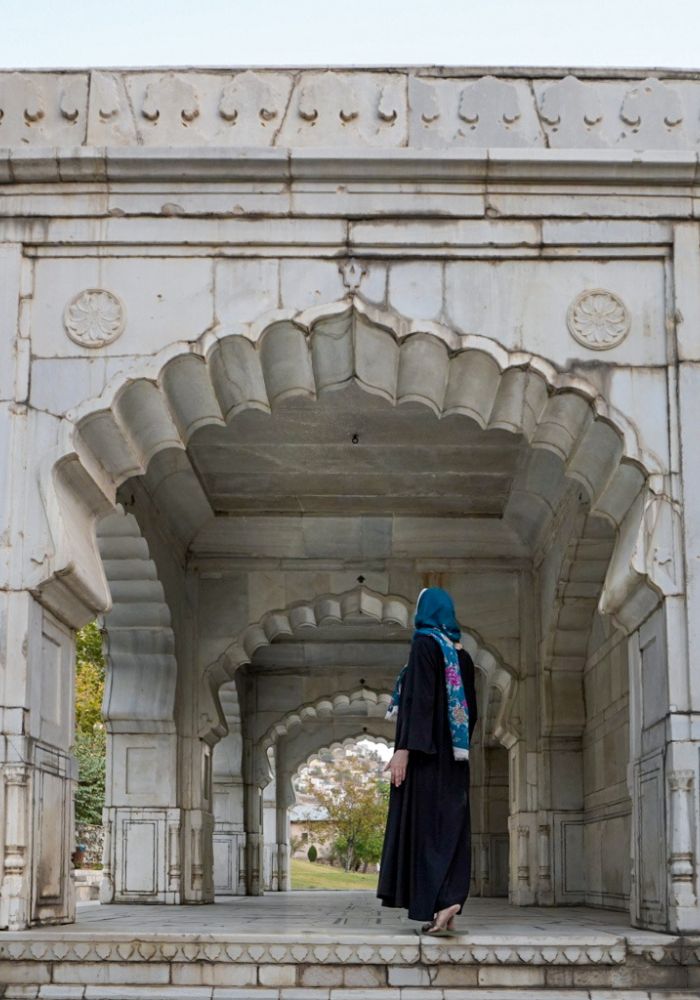
1. Kabul: The Heart of Afghanistan
Kabul, the capital city, may not be the most serene place in the country, but it is undeniably the beating heart of Afghanistan. Despite the ongoing political and social challenges, Kabul’s rich vibrant culture feels almost palpable.
First, I truly enjoyed wandering the markets in Kabul, where I purchased scarves, juices and candies, street food, and gifts. Every day life unfolds here, and you can catch a glimpse of how locals live.
As for my favorite shrine in Kabul, that is easily Sakhi Shrine, a beautiful and ornate building located at the base of Television Hill. The shrine is believed to mark the spot where the cloak of the Prophet Muhammad was temporarily kept on its journey to its current resting place in the Shrine of the Cloak in Kandahar.
As for beautiful nature, you can’t miss the Babur Gardens in Kabul, Afghanistan. Built in the early 16th century by the first Mughal emperor Babur, these gardens are a stunning and peaceful stop before sunset.
The gardens are divided into four terraced levels, each with its own unique design and purpose, and there is even a mosque on site with extremely beautiful architectural elements.
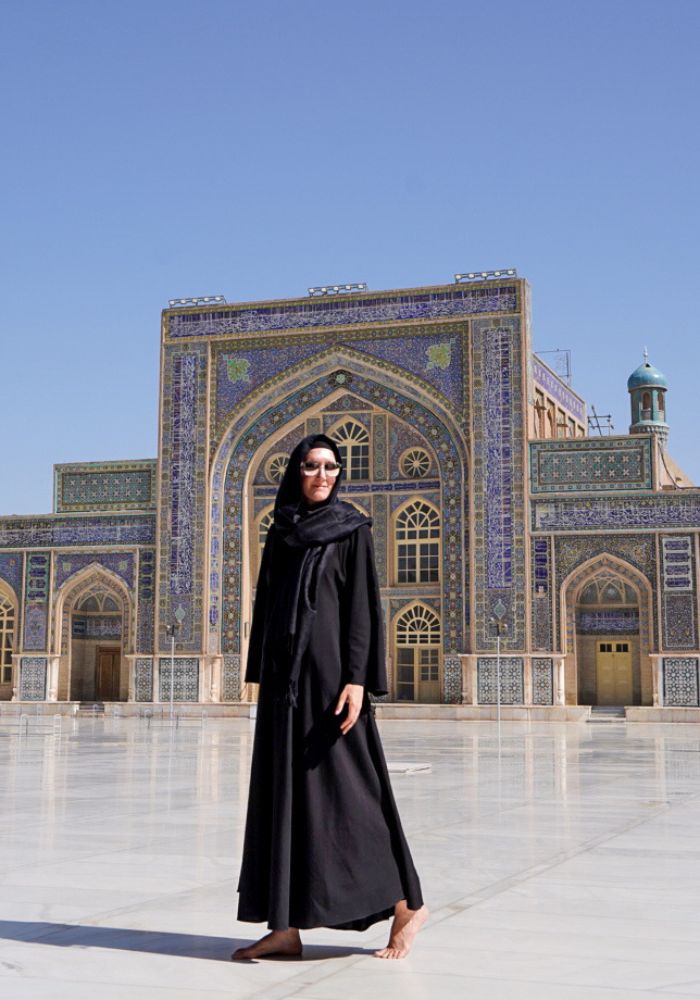
2. Herat: The City of Minarets
Herat, often called the cultural capital of Afghanistan, is a city steeped in history and architectural grandeur.
A major highlight of the city is the Jami Mosque, a 15th-century marvel of Islamic design, built on the site of two smaller mosques that were destroyed in an earthquake. The intricate tilework in bright blue designs and towering minarets make this structure unbelievably stunning.
The nearby Herat Citadel (Arg-e Herat) also stands as a testament to the city’s historical significance, serving as both a military fortress and a symbol of Herat’s strategic role in the region. Towering above, it is believed to stand on the foundations of a fort built by Alexander the Great.
Herat’s old shops and bazaars are great for shopping for one of a kind and memorable souvenirs. I spent some time browsing, purchasing beautiful lapis lazuli rings, a specialty of the region.
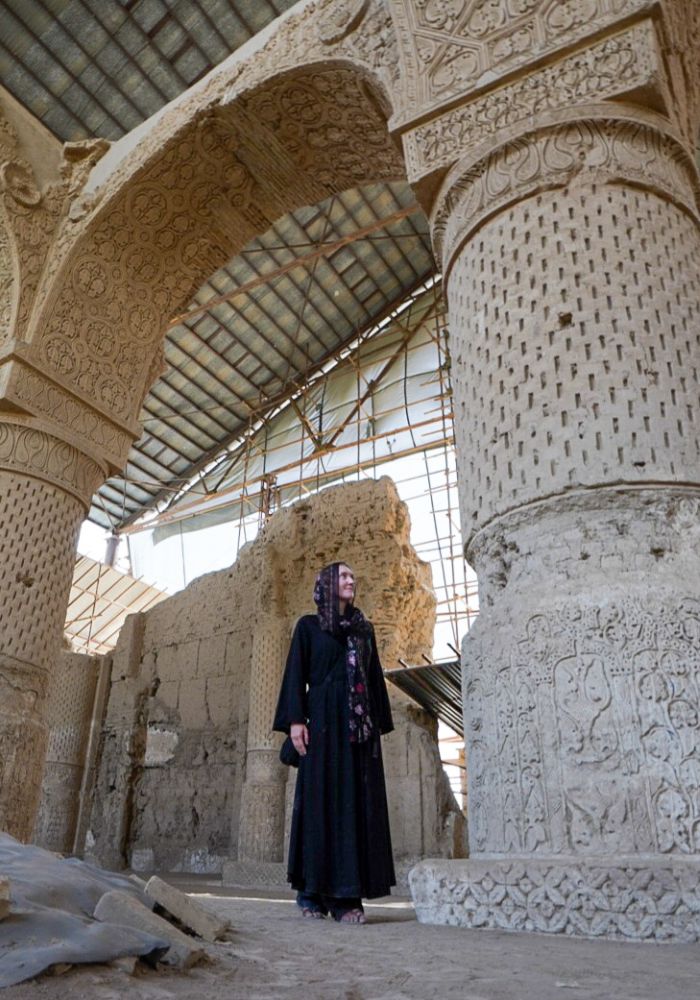
3. Balkh: The Ancient Heart of the Silk Road
Balkh is one of Afghanistan’s most significant ancient cities, and its role as a center of trade, culture, and religion dates back thousands of years. Balkh was an important and major city in the Persian Empire, as well as the birthplace of the famous poet Rumi.
The ruins of the old city are scattered throughout the region, with key landmarks such as Haji Piyada’s intricately carved columns and the Shrine of Khawaja Abu Nasr Parsa, which I found to be both ancient and beautiful, built in the 15th century.
You’ll also be able to walk through the caves where Zoroastrianism was practiced, as well as Buddhist sites – both of which were two dominant religions in this area prior to Islam.
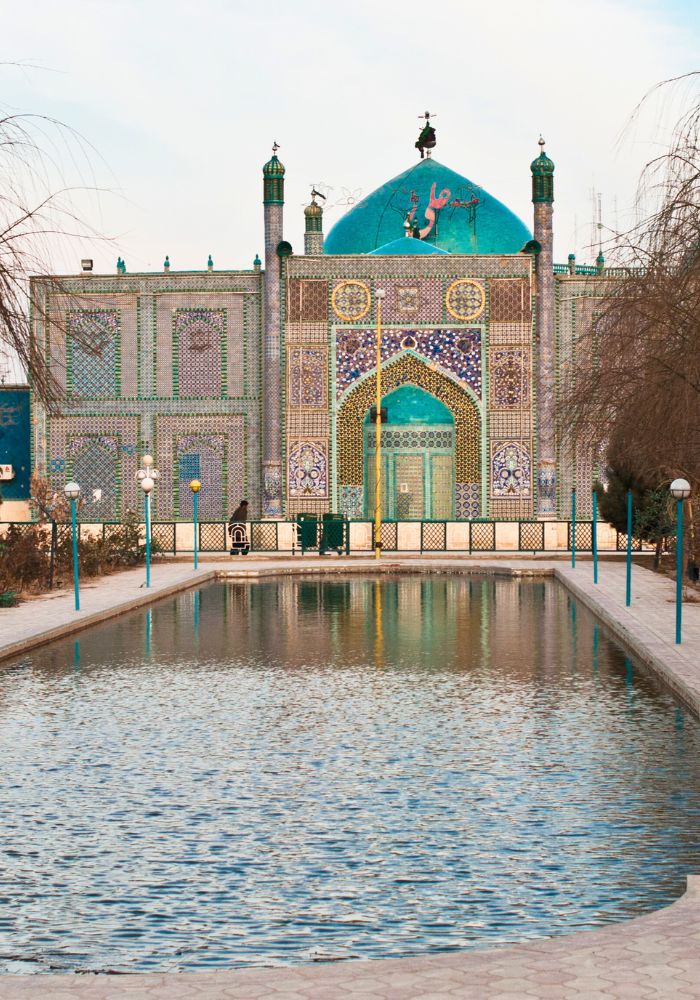
4. Mazar-i-Sharif: A Spiritual Sanctuary
Mazar-i-Sharif, the fourth-largest city in Afghanistan, is most famous for the Blue Mosque, the Shrine of Hazrat Ali, which is intricately and beautifully decorated.
Unfortunately for me, as I was a woman traveling Afghanistan, the Taliban authorities did not want to admit women during my two days there. So, I could only see the beautiful mosque from outside of the gate.
The city, however, is an important center for both the Shia Muslim population and Afghan culture, and I still felt glad to have visited. Mazar is located in northern Afghanistan, in a relatively more stable region, making it fairly accessible to travelers.
5. Bamiyan: A Monument to Afghanistan’s Buddhist Past
Bamiyan is a place that holds profound historical and cultural significance. The area was once home to two giant Buddha statues carved into the cliffs of the Bamiyan Valley, which were tragically destroyed in 2001.
However, the valley remains a UNESCO World Heritage site, with the remnants of the Buddhas, ancient monasteries, and the stunning landscape still captivating visitors.
Bamiyan offers a serene atmosphere and an opportunity to reflect on the country’s Buddhist history, similar to Balkh, which dates back centuries before the spread of Islam.
Note that my original Afghanistan itinerary included both Bamiyan and Band-e Amir. However, after a tragic incident involving the death of six tourists and locals just before my trip, I had to reroute my trip and unfortunately missed them. I suppose it is another reason to go back!
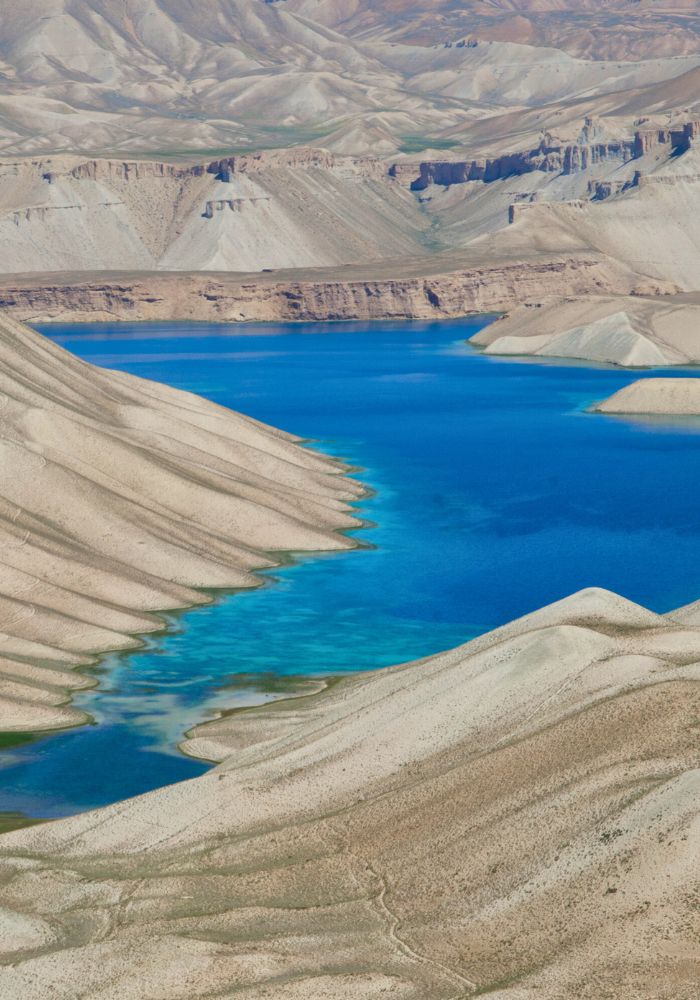
6. Band-e Amir: Afghanistan’s First National Park
Situated in central Afghanistan, Band-e Amir is a series of six deep blue lakes separated by mountains in various shades of brown. Photos of this area look fake!
The lakes’ vivid colors are a striking contrast against the arid desert landscape, making it one of Afghanistan’s most picturesque natural sites.
Designated as the country’s first national park, Band-e Amir has been slowly gaining recognition as a unique spot for eco-tourism amid spectacular scenery.
But, there are mixed reports on whether women are currently allowed to visit, and it seems that it may depend on the government official’s mood on any given day.
7. Ghor Province: History in Afghanistan
The Minaret of Jam, located in the remote Shahrak District of Ghor Province, Afghanistan, is a UNESCO World Heritage Site and one of the country’s most remarkable historical landmarks. Standing at over 200 feet tall, this towering structure was built around 1190.
Most striking are its intricately decorated baked bricks, featuring stunning geometric patterns, verses from the Qur’an, and elegant calligraphy.
Situated near the Hari River, the minaret is located in a difficult-to-reach area, adding to its allure for adventurous travelers. However, the site has faced significant challenges, including erosion and the threat of collapse.

8. Kandahar: The Historic Heart of the Pashtun Culture
Kandahar, located in southern Afghanistan, is one of the most historically significant cities in the country. As the birthplace of the Taliban movement, it has been central to Afghanistan’s more recent history.
However, Kandahar is also rich in ancient culture and historical landmarks. The Shrine of Baba Wali, the mausoleum of Ahmad Shah Durrani (the founder of modern Afghanistan), and the old city of Kandahar all reflect the city’s deep cultural roots.
Kandahar remains a fascinating, though complex, destination for those interested in exploring the heart of Pashtun culture.
9. Nuristan: A Hidden Gem in Eastern Afghanistan
Nestled in the rugged mountains of eastern Afghanistan, Nuristan is a stunningly remote province known for its dramatic landscapes, unique culture, and diverse ethnic groups.
Historically, Nuristan was known as Kafiristan, meaning “Land of the Infidels,” due to the indigenous inhabitants’ non-Muslim beliefs until the late 19th century. Today, it remains one of Afghanistan’s most untouched regions, offering visitors a glimpse into a world where traditions have remained largely unchanged for centuries.
The province is renowned for its breathtaking natural beauty, with dense forests, alpine meadows, and snow-capped peaks forming a spectacular backdrop to the remote villages scattered throughout the area.
Nuristan is also home to the Nuristani people, who speak their own distinct language and have a rich heritage influenced by ancient Indo-European and Persian cultures. The region’s unique architecture, with wooden houses built in harmony with the landscape make it a picturesque destination, to say the least.
10. Kunduz: Gateway to the North
Kunduz, located in northern Afghanistan, is often overlooked by travelers but holds significant historical and geographical importance. As a strategic gateway to Central Asia, it serves as a key point for trade and cultural exchange.
The region is known for its fertile plains, which are nourished by the Kunduz River, providing an ideal environment for agriculture. Visitors to Kunduz will see lush landscapes, where local farmers cultivate a variety of crops.
The city itself, though smaller and less developed than some of the country’s larger cities, offers a glimpse into the daily lives of its people and the peaceful, rural side of Afghanistan.
Despite being lesser-known, Kunduz is considered one of the best places to visit in Afghanistan for those looking for a more tranquil and authentic experience.
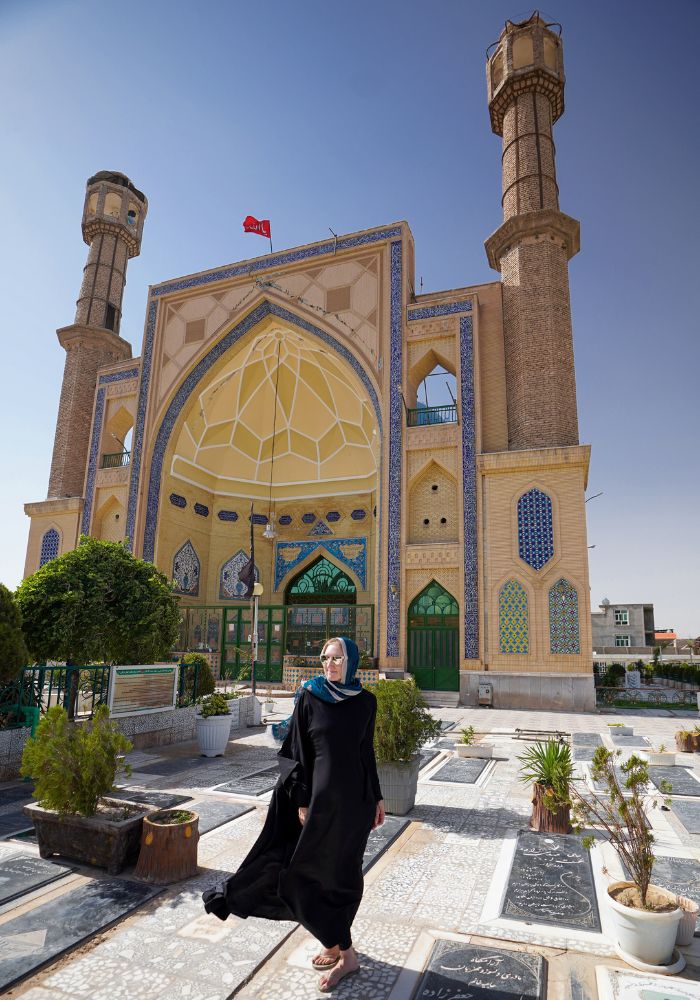
FAQs About Traveling in Afghanistan
Check out these frequently asked questions about Afghanistan to make your trip a breeze!
Is it safe to travel to Afghanistan?
Travel to Afghanistan can be potentially risky due to ongoing security concerns in many areas. However, some regions, particularly those in the north and central Afghanistan, are relatively more stable. Women should read my honest review about visiting Afghanistan as a female. All travelers should consult up-to-date travel advisories and work with local guides to ensure safety.
What is the best time of year to visit Afghanistan?
The best time to visit Afghanistan is during the spring (April to June) and autumn (September to November) when the weather is more temperate and conducive to travel.
Winters can be harsh in mountainous regions, while summers may be unbearably hot in some areas. I visited during the summer months, and while I am used to Middle East travel in all seasons, summer is by far the most uncomfortable.
How can I travel between regions in Afghanistan?
The safest and quickest way to travel between cities and provinces is by air. KAM Air offers frequent flights throughout the country as well as abroad.
Travel via road is another option, but note that many long-distance roads are in poor condition. I experienced this myself, and it was an adventure for sure!
Conclusion
Despite its challenges, Afghanistan is a country rich in history, culture, and natural beauty.
The best places to see in Afghanistan listed above are just ten examples of the many remarkable destinations that lie beyond the headlines.
For those who approach Afghanistan with an open mind and respect for its complexities, the country offers experiences that you just won’t find elsewhere. Let me know – which area would you visit first?
Pin Me for Later!
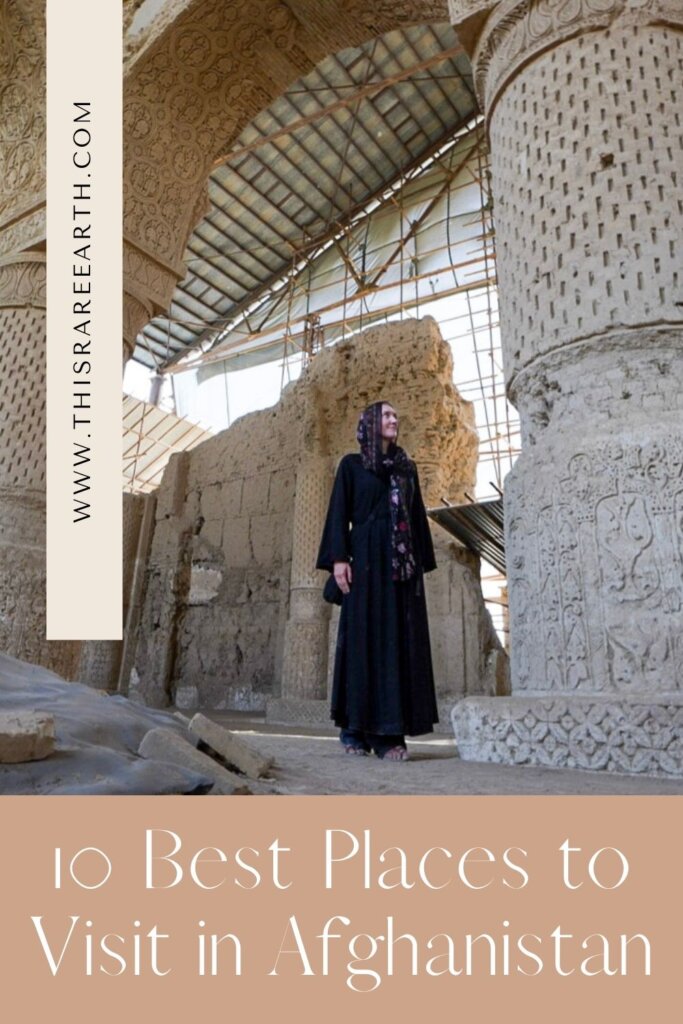
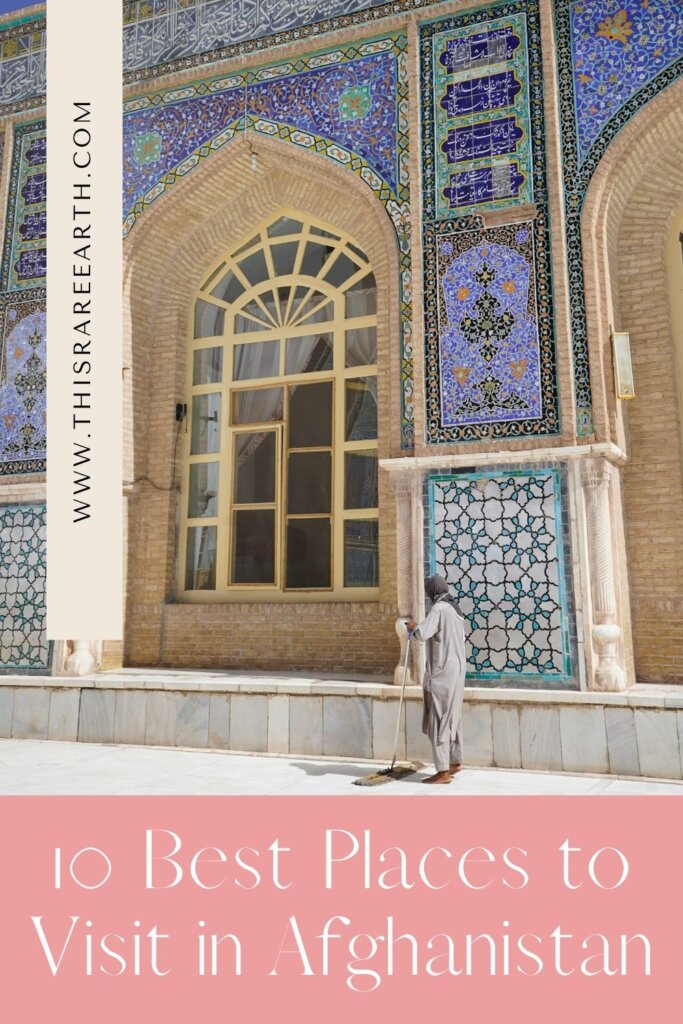
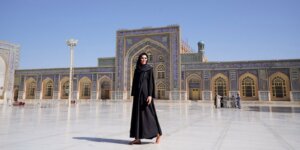
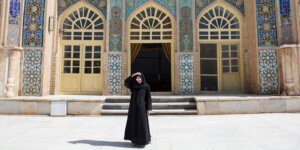
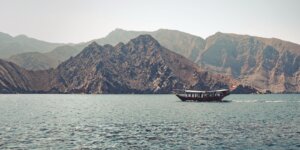

Leave a Reply